The Galapagos Islands are located in the Pacific Ocean on the Nazca tectonic plate, 1000 Km (600 mi) west of Ecuador’s coastline.
These islands were formed through the lifting and layering of volcanic debris, which led to the tectonic plate moving eastward over the Galapagos hot spot.
This movement has created the Espanola and San Cristobal Islands on the east part, the Fernandina and Isabela Islands on the western part, Floreana on the south, and Genovesa, Santiago, and Marchena Islands on the north.
With their unique ecosystems and captivating wildlife, the islands have captured the imaginations of explorers, scientists, and nature enthusiasts for centuries.
In this article, we will delve into the rich history of the Galapagos Islands and explore why they are a must-visit destination for anyone seeking an extraordinary and transformative travel experience.
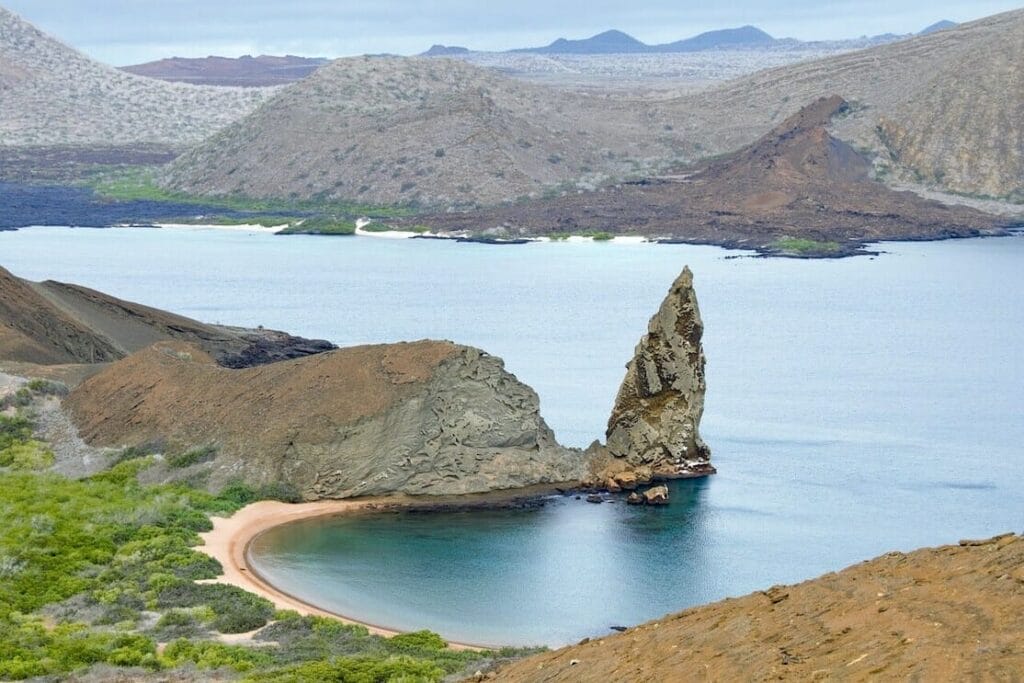
Table of Contents
The Origin of the Galapagos
The Galapagos Islands have a fascinating geological and ecological history that dates back millions of years.
Formed by volcanic activity, these islands emerged from the depths of the ocean, offering a pristine and isolated habitat for diverse species to evolve and thrive.
The islands remained untouched by humans until their accidental discovery in 1535 by Fray Tomás de Berlanga, the Bishop of Panama.
In subsequent years, the Galapagos Islands saw various human activities, including the establishment of whaling stations, fishing operations, and even a short-lived penal colony.
Concerns about the islands’ delicate ecosystems led to their designation as a national park in 1959, with additional protections and regulations implemented to preserve their unique flora and fauna. In 1978, the Galapagos Islands were recognized as a UNESCO World Heritage Site.
You can visit these marvellous wonders of nature by booking a Galapagos yacht charter or a cruise trip, depending on your preferences. But first, let’s learn more about its diverse wildlife, pristine natural landscapes, and many more reasons why you should visit.
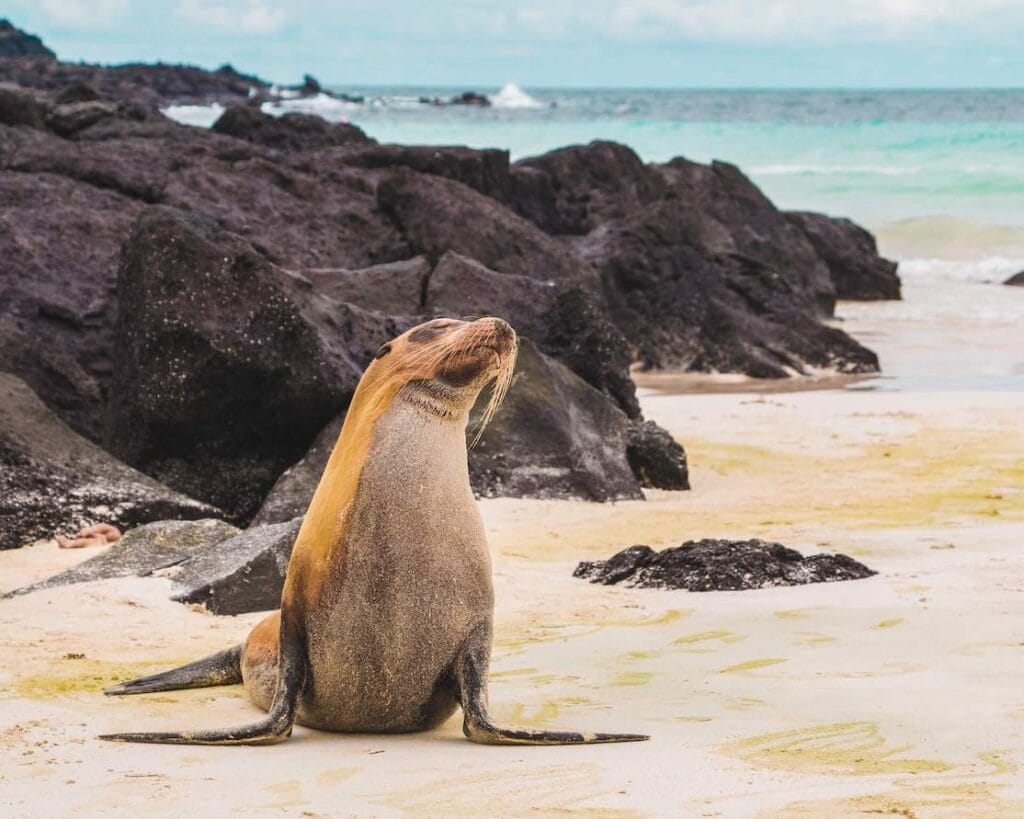
Reasons to Visit Galapagos Islands
Natural and Breathtaking Landscapes
The volcanic origin of the Galapagos has shaped a dramatic and diverse landscape of rugged coastlines, lush highlands, volcanic peaks, and pristine beaches.
Exploring the islands reveals breathtaking vistas and striking geological formations.
Snorkeling or diving in crystal-clear waters exposes visitors to a vibrant underwater world teeming with marine life, coral reefs, and submerged volcanic formations.
The Galapagos Islands boast a diverse and awe-inspiring natural landscape that captures the imagination of visitors. The contrast between the arid volcanic terrain and the vibrant marine ecosystems creates a striking visual appeal.
Whether hiking along volcanic trails, snorkelling in crystal-clear waters, or basking on secluded beaches, the natural landscapes of the Galapagos Islands never fail to leave a lasting impression on those fortunate enough to experience them.
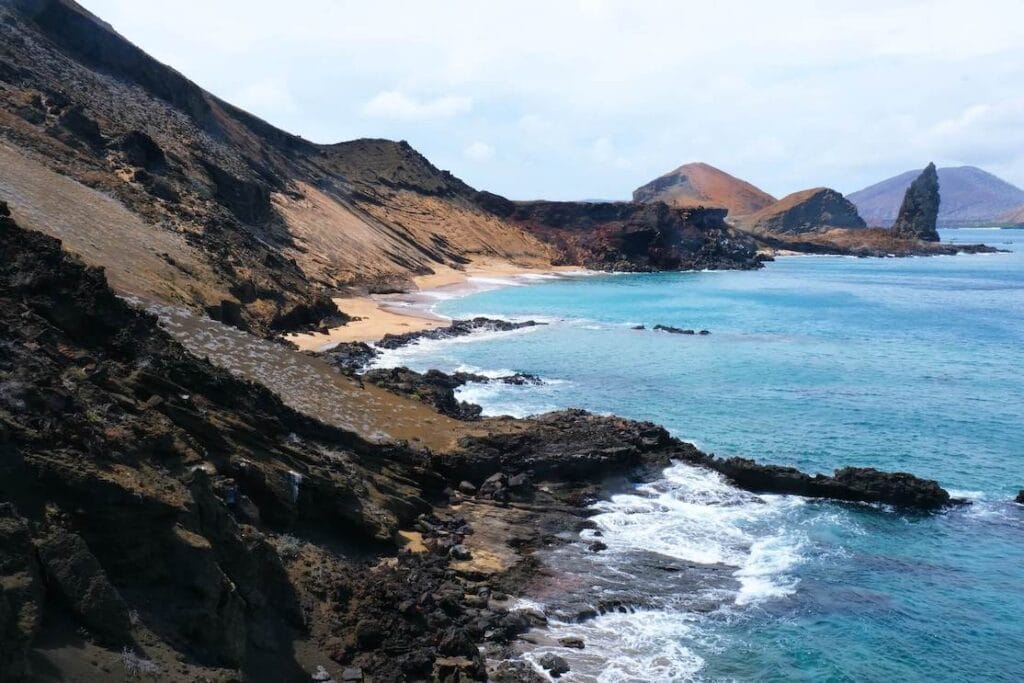
Dive Deeper into the Heritage Side of the Galapagos
As a UNESCO World Heritage Site and national park, the Galapagos Islands are committed to preserving their pristine ecosystems.
Strict regulations and careful management help protect the islands’ fragile flora and fauna.
Sustainable tourism practices, such as limited visitor numbers, controlled access to specific areas, and responsible wildlife viewing, are in place to ensure the long-term preservation of the islands’ natural treasures.

Snorkeling Paradise
The Galapagos Islands are a paradise for snorkelers and divers, offering an unparalleled underwater experience.
The crystal-clear waters teem with an abundance of marine life, including colourful tropical fish, sea turtles, playful sea lions, and even hammerhead sharks.
Dive sites such as Darwin and Wolf Islands provide the opportunity to witness large schools of hammerhead sharks, whale sharks, manta rays, and other pelagic species.
Diverse Wildlife
The Galapagos Islands are home to an incredible array of wildlife found nowhere else on Earth. From giant tortoises and marine iguanas to blue-footed boobies and Galapagos penguins, the islands offer extraordinary opportunities for wildlife encounters.
The absence of natural predators has allowed these animals to evolve in fascinating ways, making the Galapagos a haven for nature lovers and wildlife enthusiasts.
Charles Darwin’s visit to the Galapagos in 1835 during his voyage on the HMS Beagle marked a turning point in the islands’ history.
Darwin’s observations of the unique and distinct species on the islands played a pivotal role in the development of his theory of evolution by natural selection.
The Galapagos became a living laboratory for Darwin, and his studies there heavily influenced his groundbreaking work, “On the Origin of Species.”
Today, the islands are often referred to as the “Living Museum and Showcase of Evolution.”
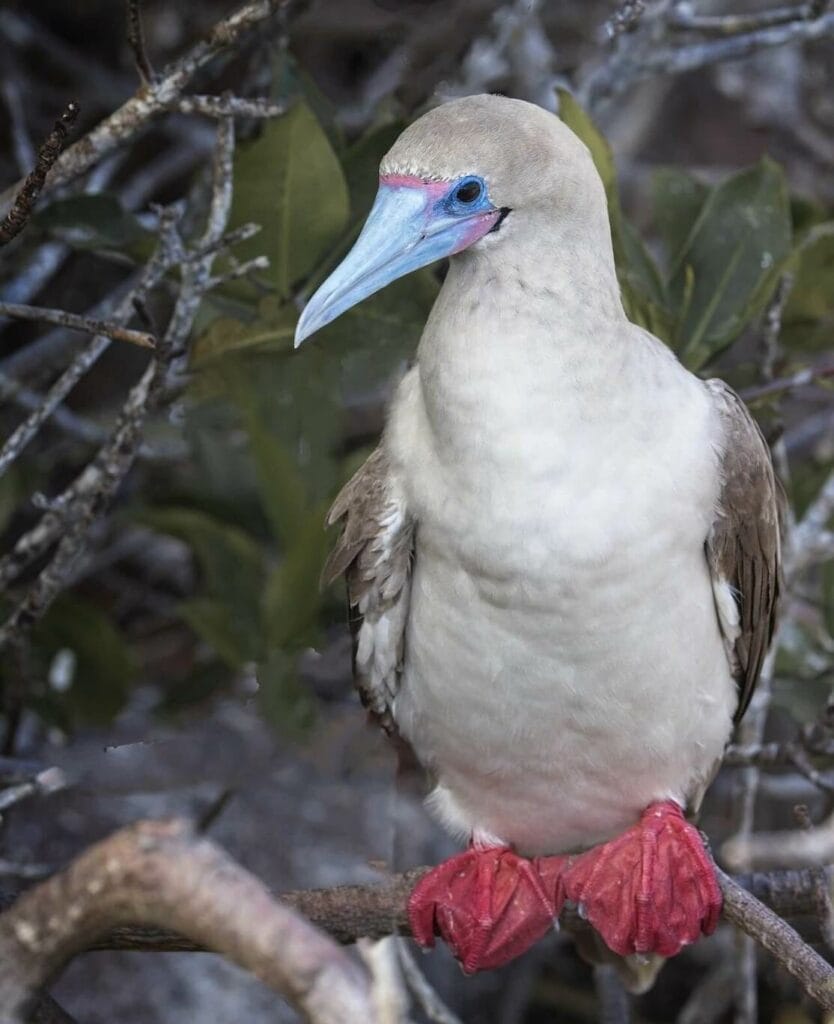

In conclusion, the Galapagos Islands offer a captivating blend of rich history, unique wildlife, and stunning natural landscapes.
From the evolutionary significance of the archipelago to its protected status and commitment to conservation, a visit to the Galapagos promises an extraordinary and transformative travel experience that will leave a lasting imprint on your heart and mind.
Safe travels and have fun on the Galapagos.
More posts that you may like:
- 20 Pictures to Inspire You to Visit Raja Ampat
- 10 Tips to Follow When Visiting Brazil
- Chinchero: A Very Special Village in Peru
- Ilha de Boipeba – A Guide to The Best Island in Brazil!
- 7 Stunning Islands You Probably Never Heard Of
- 10 Pictures to Discover Astypalaia – Greece’s Best Hidden Gem
Don’t forget to save these pins for later;)
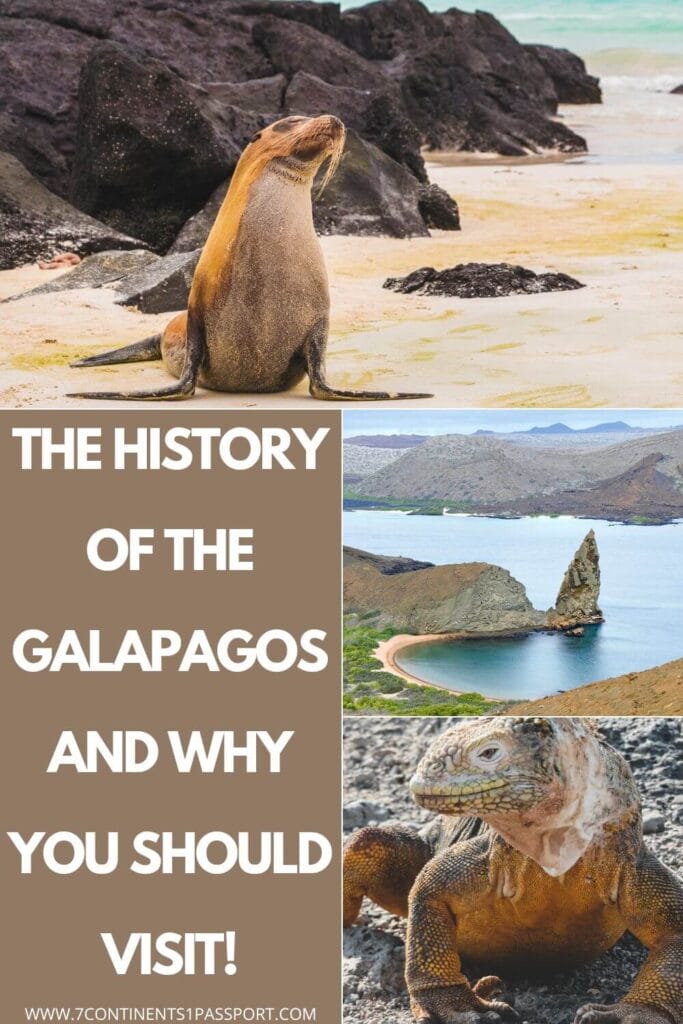
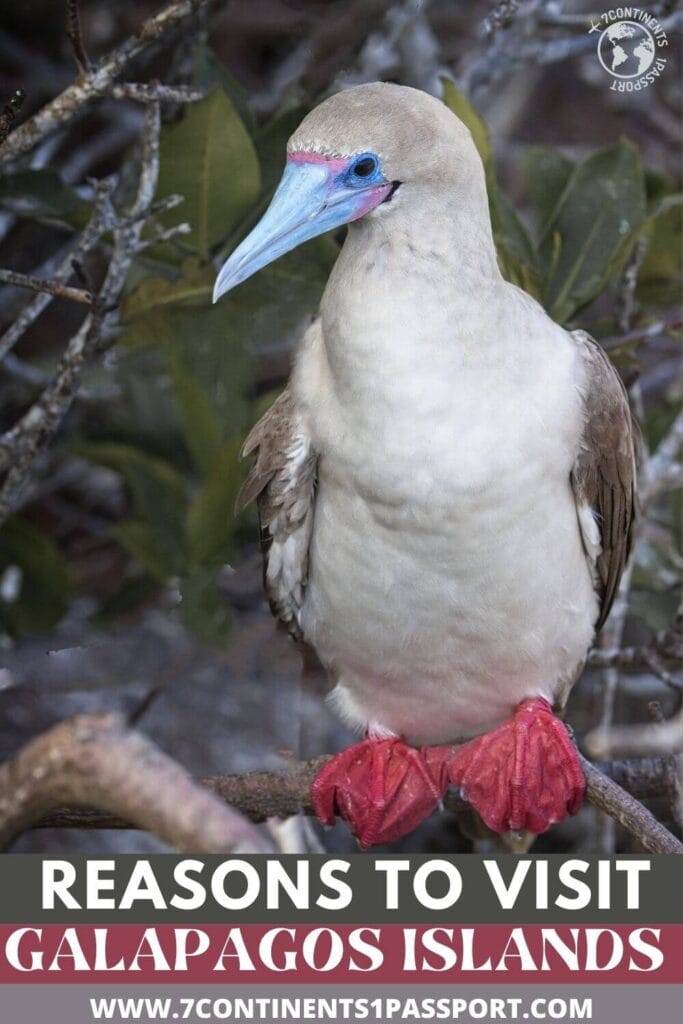
- Book Your Flight Find deals on airlines on my favorite search engine: Skyscanner. Be sure to read my How to find cheap flights article.
- Rent A Car Rental Cars is a great site for comparing car prices to find the best deal.
- Book Accommodation Booking.com is my favorite hotel search engine. But Hotels.com and Hilton Hotels have very interesting reward programs.
- Protect Your Trip Don’t forget travel insurance! I always use World Nomads for short-term trips and SafetyWing for long-term ones. Find out why Travel Insurance: Much More Than a Precaution, a Necessity.
- Book Tours in Advance Book unforgettable experiences and skip-the-line tickets with GetYourGuide or Viator .
- Book Ground Transportation BookaWay offers a stress-free experience with secure payments and no hidden fees. You pay online and receive your itinerary by email.
- Luggage Solutions Rent your luggage with Cargo or if you need to drop off your own luggage and enjoy your time without dragging it all over a city, find a LuggageHero shop here.
- Get a Travel Card Revolut Card is a pre-paid debit card that enables cash machine withdrawals in 120 countries. I’ve been using my Revolut Card for over a year and never paid foreign-transaction fees again. Get your Revolut Card with free shipping here.
- Packing Guide Check out my How to Pack a Carry-on Luggage For a Five-month Trip to help you start packing for your trip. Don’t forget your camera, chargers and other useful travel accessories. World Nomads provides travel insurance for travelers in over 100 countries. As an affiliate, we receive a fee when you get a quote from World Nomads using this link. We do not represent World Nomads. This is information only and not a recommendation to buy travel insurance.
